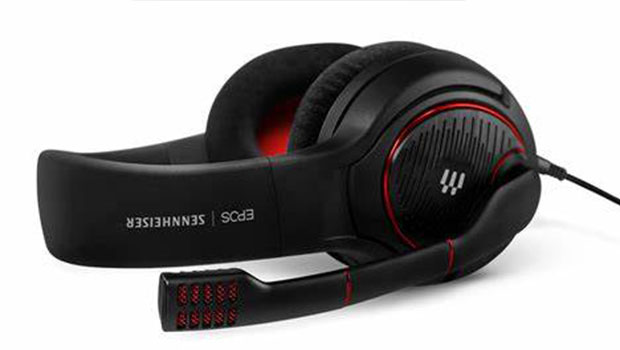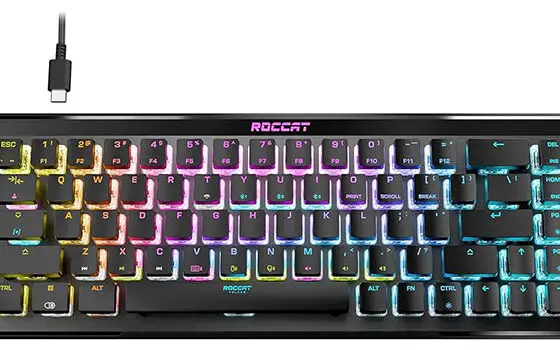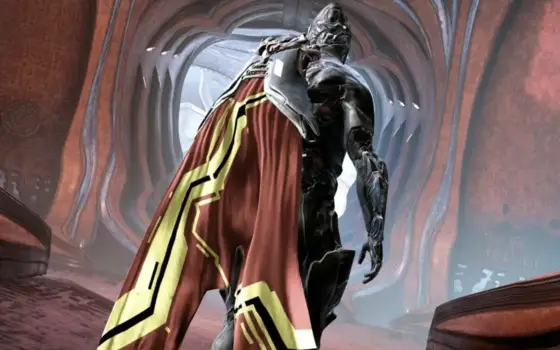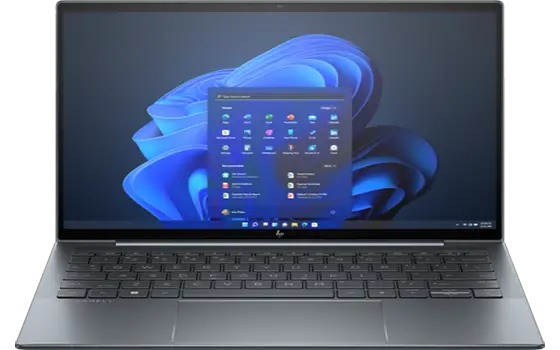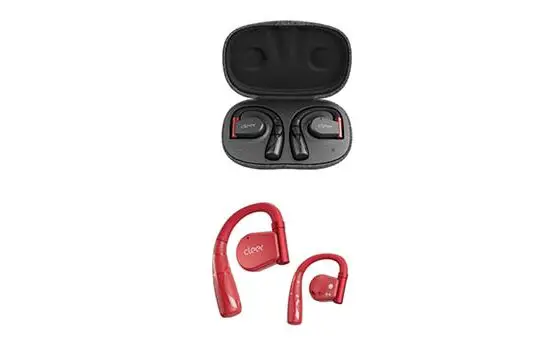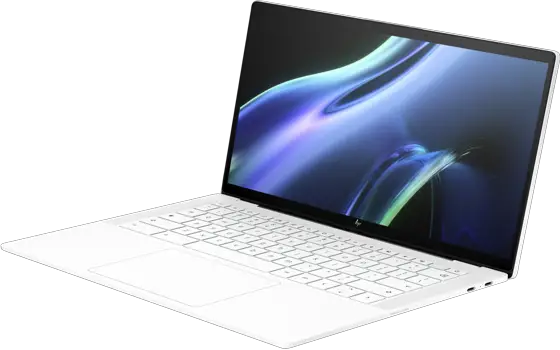Drastically Different From Its Predecessors
For the longest time, I couldn’t believe this is an EPOS product. It has a vibe so drastically different than the EPOS headsets I’ve reviewed in the past. I know I said the same thing in my review of the EPOS GSP 670. But this is a slightly different case. The 670 was simply built more beautiful than its predecessors. But the Game One is a completely different headset altogether. Most importantly, it is open-back as opposed to the EPOS 670 and the EPOS 601, that are both closed-back.
Highly Unique Aesthetics
Reviewing the GSP 670, I was pleasantly surprised to find that EPOS has finally ditched its boring and bulky designs in favor of sleek and flashy headsets. But the Game One is much more than that. It offers a stark and vibrant contrast of red and black and has a perforated exterior with horizontal cutouts. Its red-rimmed earcups have a ridged exterior which gives the headset its open-back quality. This also lends the headset’s audio a better sense of space and depth. This makes the headset perfect for studio use or gaming rooms.
The body is mostly plastic with a little metal incorporated into the design. However, the inclusion of metal doesn’t make it heavy. It’s the perfect balance of lightweight and sturdy. The Game One is a multi-platform headset designed for both PC and mobile. It has a rather long 3.5mm audio cable for Android phones and a nylon woven audio cable with a dual mic and headphones output for PC.
All in all, looks-wise, I was impressed. The Game One is sober and sophisticated with quite flashy hints of bright red on its mic arm and earcups.
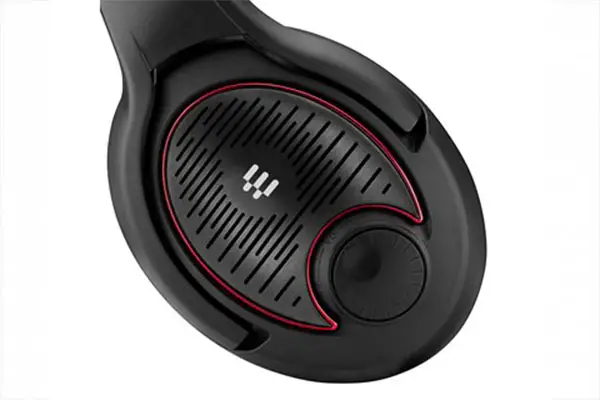
Fairly Convenient
Especially because the Game One is wired, the navigation isn’t very complex. A lot of buttons and switches that you usually find on wireless audio peripherals aren’t needed on wired ones. All that the Game One hosts is a volume dial on its right earcup and a boom mic attached to its left. The volume dial is quite detailed and has clear markings etched on it. The mic, typical of EPOS, is a lift-to-mute boom mic, that’s also tactile. The little click it makes when it’s muted is very satisfying to hear.
All I could think of when I had the Game One on was how plush it is. The headband hugs my ears so tight that I’d be comfortable playing any game with literally any amount of physical activity. The earpads, also have the thickest, most generous layer of padding. The headband is tactile with a great amount of give.
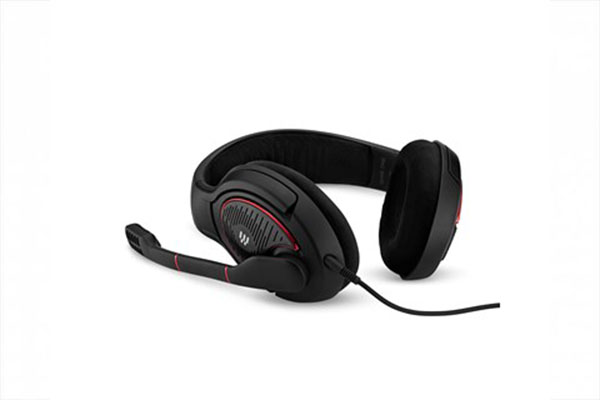
Positional Audio That Lacked Loudness
Audio-wise, the Game One lacks both loudness and passive noise isolation that one expects from over-the-ear headsets with such large earcups. I could hear my aunt in another room on her Zoom call clearly even after the volume of both the headset and my phone was maxed. Probably because of the headset’s open-back feature, I was expecting it to come through with that stereo feel. But it didn’t push me out of my seat even once. I listened to songs that never fail to make me move, but none got me in the party mood they usually do.
The sound, however, was positional. I could pinpoint exactly where I’m listening to which instrument on the soundstage. Gaming wise, the audio came through with its positional quality in terms of enabling me to locate the exact location of gunshots.
Final Verdict
All in all, I didn’t have a blast with the Game One. Sure, they’re convenient and aesthetically pleasing but they fail to impress me in literally the single most important job of a headset: delivering excellent audio.
Is it Hardcore?
Not really.
I wish the Game One lived up to its potential. It did fulfill quite a couple of other areas, but its audio left me wanting.
















